Medicinal fungi are mostly rare and slow growing species. Their cultivation on a natural substrate deprives us of the necessity to obtain the fruits of these mushrooms from nature. With the proper care of the substrate, water, and the quality of the genofond of medicinal fungi sown, a natural equivalent can be obtained.
Different methods and configurations of mushroom cultivation
As a substrate for wood-destroying fungal species, either full wood (logs) or sawdust, straw, or other comminuted organic material are used. Cultivation on the logs requires only minimal care and grown mushrooms are decorative, so this method is suitable for recreational growers:
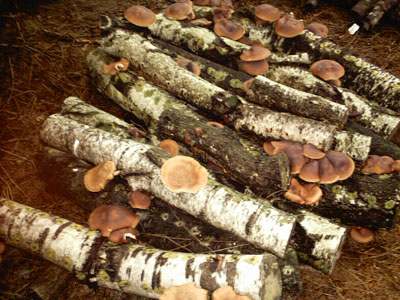
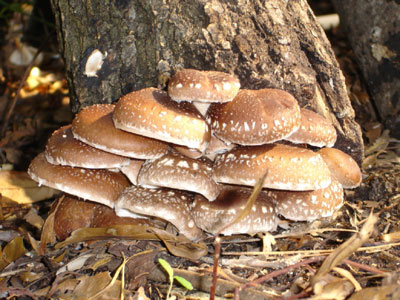
The advantage of growing on blocks of comminuted organic material is, in turn, the faster growth of groundnuts and fruiting. The disadvantage is the greater susceptibility to contamination - the blocks are therefore packed in plastic packaging. This method is mainly used by professional growers:
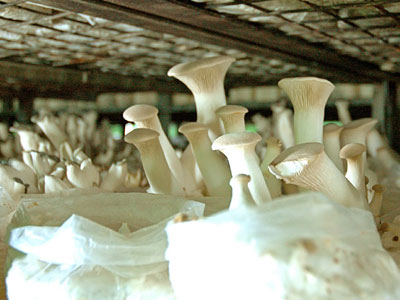
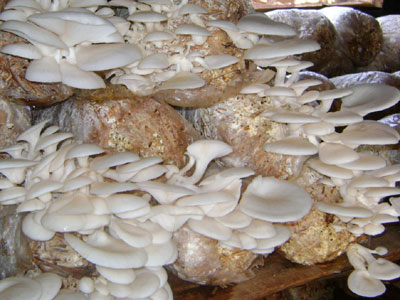
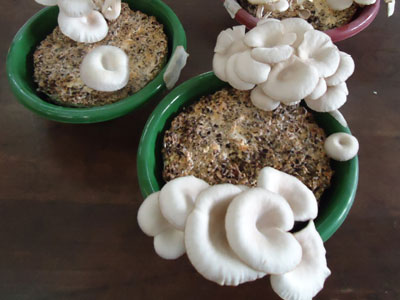
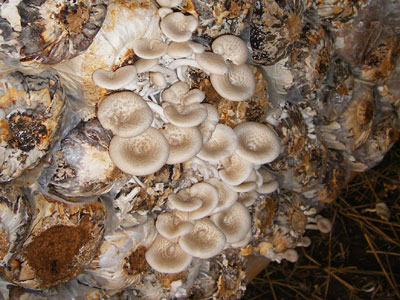
The issue of optimal conditions for mushroom cultivation has no general answer. Different types of fungi require different substrates (wood, straw, manure, etc.) to grow. They are also parasitic mushrooms that grow only on certain organisms (eg caterpillars, Cordyceps spp. ). Configuration requirements also vary for different types:
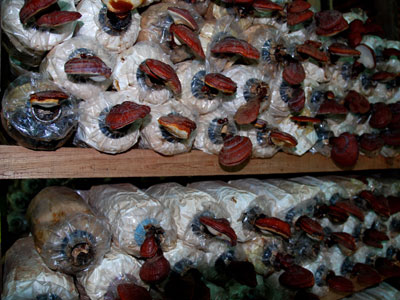
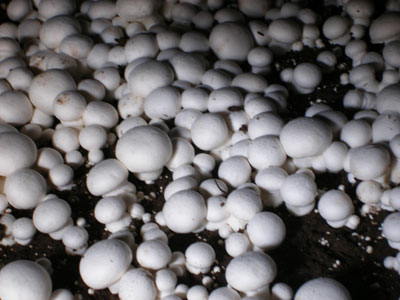
Production of fruit concentrate
Plants of medicinal fungi falling within the category of adaptogens can be consumed directly. Types that are inedible for their hard consistency (including the most famous healing sponge - glossy gloss) have to be powdered before ingestion. The powder is used either in capsules or in the natural state, mixed in a glass of lukewarm water. Another option is the preparation of leachate ("tea") from comminuted or plaited peppers.
Medicinal fungi can also be prepared from concentrate. Unlike myeloma processing technology, where concentration is a necessary step to remove excess solution and agar ballast , the fertility concentration is an optional, rewarding process. The leachate prepared from a certain amount of fertilizer with a particular solvent (water, alcohol or other organic solvents) is concentrated by evaporation. It can then be reconstituted into a powder form and, using the appropriate drug carriers, again processed into capsules, tablets or other dosage forms.
Collection of spatter dust
Each mushroom grower produces a certain amount of spontaneous dust. There is nothing to be surprised - it is possible to say that the production and spread of spores is the main mission of the fertility. In the wind, which usually dominates in the grocery store, the spatter dust gradually accumulates under the hats:
(brown spatter dust gathered in the grocery under the glans of glossy glitter)
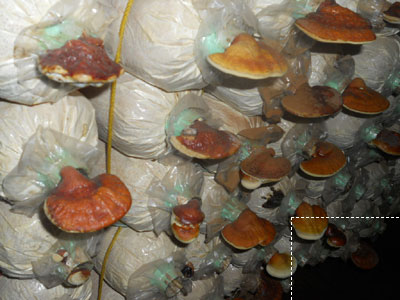
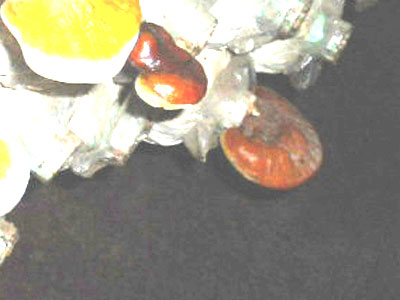
(approach)
This spatter dust can be collected. Certain small portions of this sputum dust consume mycelium and primordial products to inoculate their culture vessels , but for the most part there is an effort to find a health or cosmetic use for excess sputum dust, as the sputter dust also contains a number of secondary metabolites of medicinal herbs. For example, not only the fetus, but also the glossy glossy sparkling powder contains the famous ganoderic acids, albeit only in a small amount (quote).